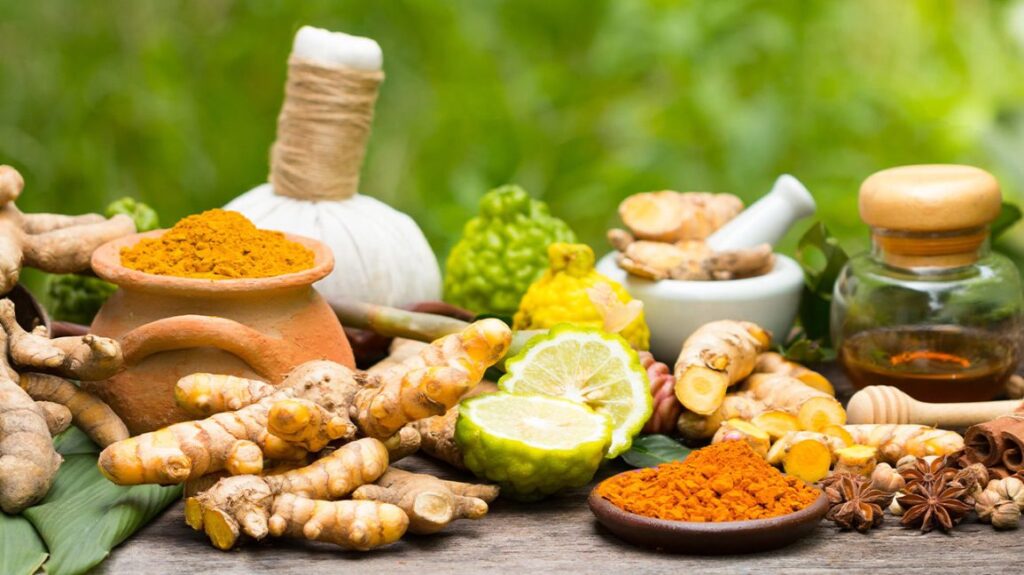Dhanvantari Dhanvantari is the God of medicine and an avatar of Lord Vishnu. He is mentioned in the Puranas as the God of Ayurveda. He, during the churning of the ocean, arose from the ocean of milk with the nectar of immortality. People will pray to Dhanvantari seeking blessings, especially on Dhanteras or Dhanvantari Trayodasi. Read More
Tag: Dhanvantari
Sri Srinivasa Shantyotsava Sahita Dhanvantari Maha Yagam at Dharmagiri Veda Vijnana Peetham in Tirumala was conducted to achieve perfect health and peace for the entire humanity
TTD – Sri Venkateswara Ayurvedic Hospital, Tirupati
Sri Venkateswara Ayurvedic Hospital / SV Ayurveda Hospital Dhanvantari Dhanvantari, an incarnation of Lord Vishnu, the immanent divine consciousness, represents the divine healer in the tradition of Ayurveda. Lord Dhanvantari considered the God of Ayurvedic medicine is believed to have emerged from the sea during Samudra mathan, holding a pot of Amrit in one hand Read More

